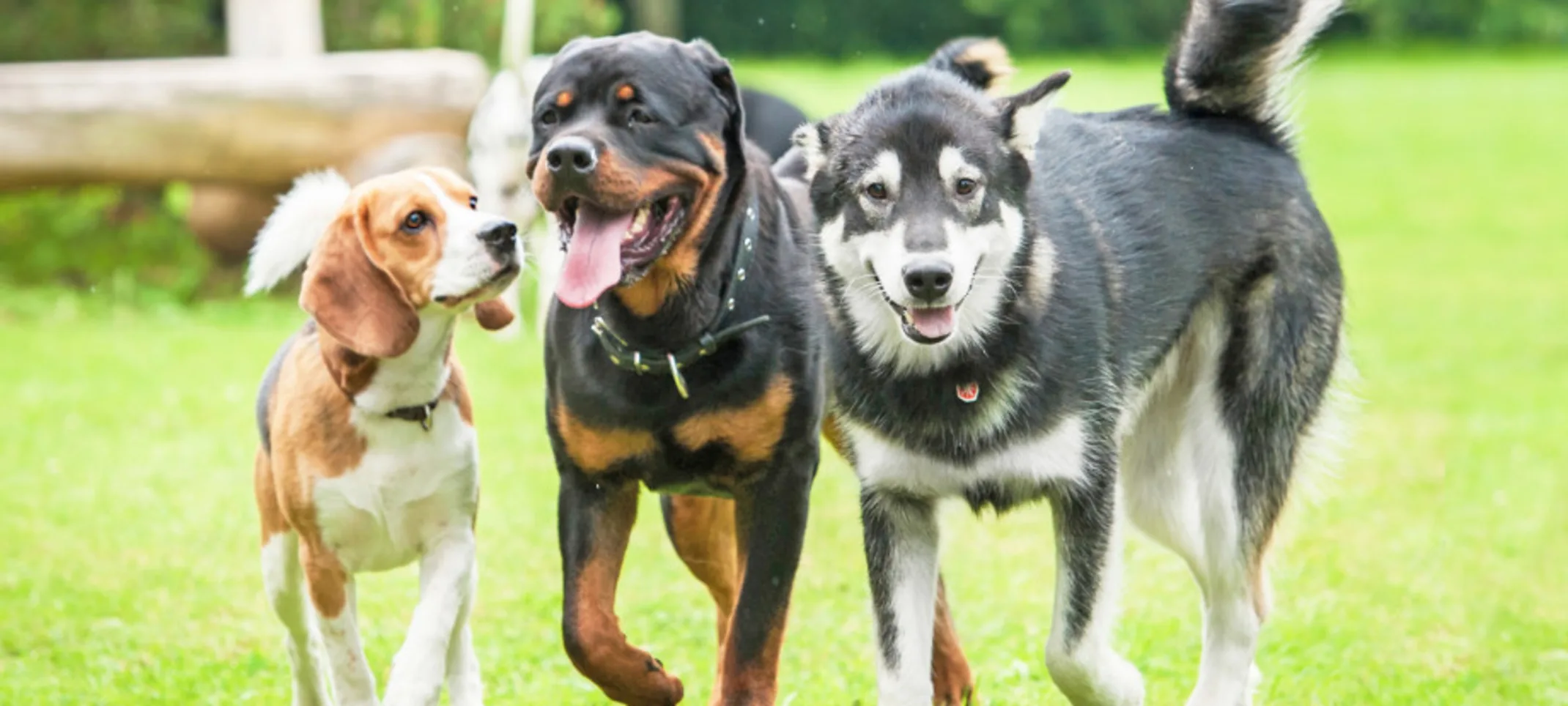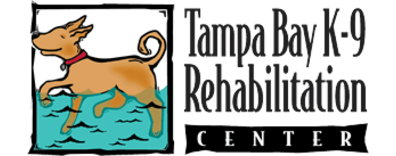Tampa Bay K9 Rehabilitation Center
Range of Motion Exercises in Canine Rehabilitation
Therapeutic exercises offer a host of benefits in veterinary rehabilitation. It will not only restore the stability, endurance, and strength of pet rehab patients. But it can also improve balance, motor control, flexibility, and even increase a dog’s range of motion (ROM).

Abnormal ROM generally means that a patient’s joint is either too loose or too tight. When applying to increase ROM, the certified practitioner needs to identify which joint needs treatment. They also have to determine in what direction they aim to improve the range. The goal of range of motion exercises for canine rehabilitation is to gain functional capacity.
TYPES OF RANGE OF MOTION EXERCISES
Range of motion refers to the full movement that a rehab patient’s joint may be moved through. Several factors affect joint motion. These include the structure, volume, integrity, and flexibility of the soft tissues surrounding the joint. ROM exercises can be applied passively or actively.
Passive Range of Motion. A certified canine rehab therapist performs a passive range of motion (PROM) exercises without the participation of the patient. The technique involves exercises that move joints through their available range of motion with no weight-bearing muscle contraction. PROM exercises are applied when rehab patients are unable to move their joints. The technique is also used when it’s painful or dangerous for dog patients to move their joints on their own. PROM usually provides therapy for certain disorders, including loss of full range of motion, hip and shoulder dysfunctions, and fractures. Proper technique is crucial in PROM. In fact, comfort is of the utmost importance when performing this technique. The dog must be relaxed, and the exercises need to be slow and steady. The therapist should cradle and hold the patient’s limb for smooth execution. PROM stretches may include pectoral limb (front leg) extension, elbow extension, leg extension, arm or leg flexion, or toe or finger flexor stretches.
Active-Assisted or Active Range of Motion. The other two types of ROM exercises are active-assisted and active ROM. In active-assisted ROM, the therapist guides the motion of the dog’s joint. Here the dog’s muscle assists the movement to a partial degree. On the other hand, active ROM is defined as a motion performed solely by the rehab patient. It involves full, active muscle contraction by the dog. Since the therapist’s guidance is no longer provided, the dog must have the strength and coordinated muscle groups to perform a regular gait cycle. These exercises are designed to encourage full use of the maximum available ROM. Activities that help expand motion under special conditions may include swimming, underwater treadmill, Cavaletti rails exercises, and climbing stairs. The therapist may also encourage a dog to crawl through a tunnel or recommend at-home exercises such as walking through water, sand, snow, or tall grass.
Range of motion exercises for canine rehabilitation is an excellent way to reduce the effects of disuse and immobilization. Our doctor at Tampa Bay K9 Rehabilitation Center can help move your dog’s joints and muscles periodically to maintain or improve their ROM. Call our office today in St. Petersburg, Florida, to book an appointment.
